What is the difference between API 608 and API 6D ball valve?
API 608 and API 6D are both industry standards established by the American Petroleum Institute (API) for ball valves used in various applications. While both standards focus on ball valves, they differ in their scope, design criteria, and intended applications. Here's a breakdown of the main differences between API 608 and API 6D ball valves:
API 608 Ball Valves:
Scope: API 608 is a general standard that covers ball valves used in a wide range of industries, including oil and gas, chemical, power generation, and other process industries. It is more of a general specification that can be applied to various applications.
Pressure Rating: API 608 ball valves typically have lower pressure ratings compared to API 6D valves. They are commonly used in applications with moderate pressure requirements.
End Connections: API 608 allows for a variety of end connection types, such as threaded, flanged, or welded ends, providing flexibility in their installation and integration into different piping systems.
Design Requirements: While API 608 outlines some design requirements, it is less prescriptive compared to API 6D. The focus is more on basic valve design and performance rather than specific industry applications.
Testing and Inspection: API 608 specifies basic testing and inspection procedures to ensure the valve's integrity and performance but may not include the rigorous testing required by API 6D.
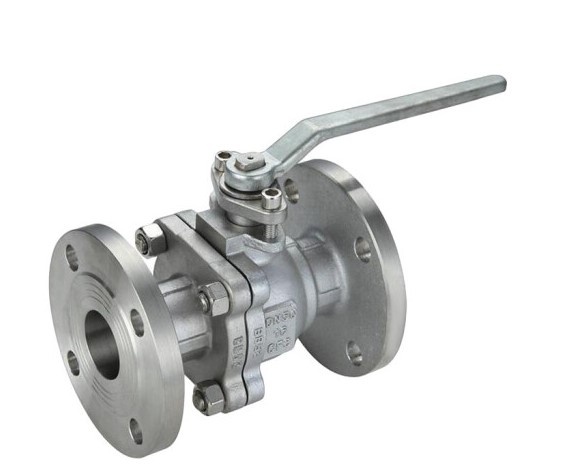
API 6D Ball Valves:
Additional reading:Advantages of Truck Mounted Workover Rigs
How Does a Forklift Truck Sideshifter Work?
What is the difference between rigid and flexible flange coupling?
Selecting the Perfect Vertical Slurry Pump: Factors to Consider
Exploring the Diverse Applications of Gravel Pumps
The Benefits of Custom Bearings
Unveiling the Power of Mounted Workover Rigs: Revolutionizing Oilfield Operations
Scope: API 6D is specifically designed for pipeline ball valves used in the oil, gas, and petrochemical industries. It is more focused and tailored to applications in these critical sectors.
Pressure Rating: API 6D ball valves have higher pressure ratings compared to API 608. They are engineered to withstand the demanding conditions of oil and gas exploration, production, and transportation.
End Connections: API 6D also allows for various end connections like API 608, but it may include additional requirements specific to the oil and gas industry, such as pipeline connection specifications.
Design Requirements: API 6D is more comprehensive in defining design criteria and performance requirements for ball valves used in oil and gas pipelines. It includes specifications related to fire-safe design, temperature range, material compatibility, and other factors crucial for the industry's safety and reliability.
Testing and Inspection: API 6D mandates more stringent testing and inspection procedures to ensure the ball valves' compliance with industry-specific standards. These tests typically include pressure testing, leakage testing, and functional testing.
Conclusion:
In summary, the main difference between API 608 and API 6D ball valves lies in their scope, design criteria, pressure ratings, and intended applications. API 608 is a more general standard applicable to various industries, while API 6D is specifically tailored to the oil, gas, and petrochemical sectors. API 6D ball valves are designed to meet higher pressure and safety requirements, and they undergo more rigorous testing to ensure compliance with industry-specific standards. When selecting ball valves for a particular application, it's crucial to consider the specific requirements and choose the appropriate standard accordingly.
Enhancing Efficiency and Performance with Vertical Slurry Pumps
What Does Surface Finishing Process Include?
Which is better CV joints or universal joints?
How to Achieve Gear Coupling Reliability
What are the different types of hydraulic check valves?
Are Photocatalyst Filters Safe for Indoor Air Purification?
Thermal Expansion of Industrial Aluminum Castings
Related Articles
If you are interested in sending in a Guest Blogger Submission,welcome to write for us!




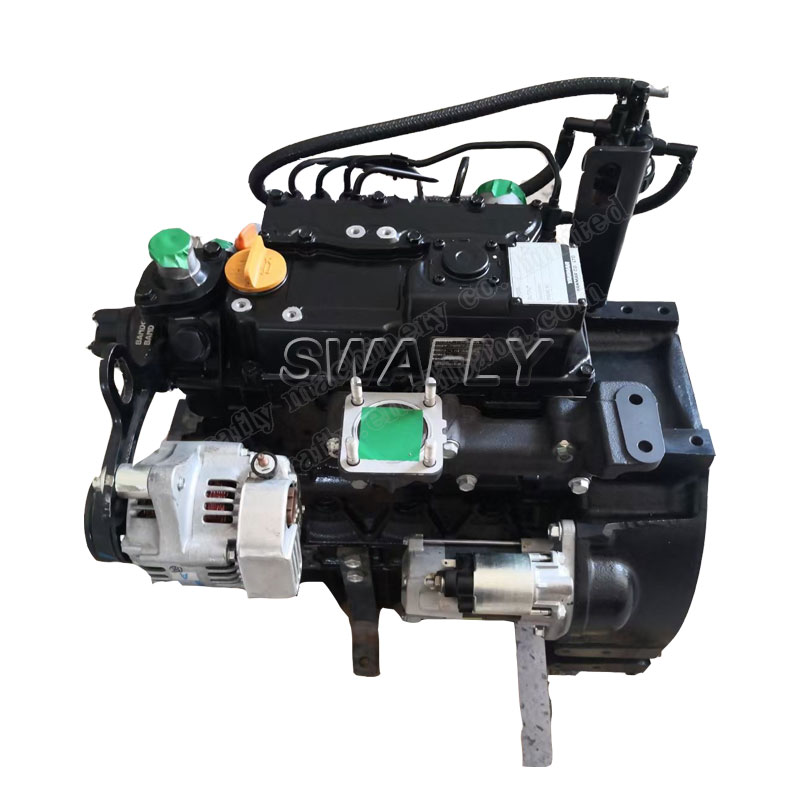
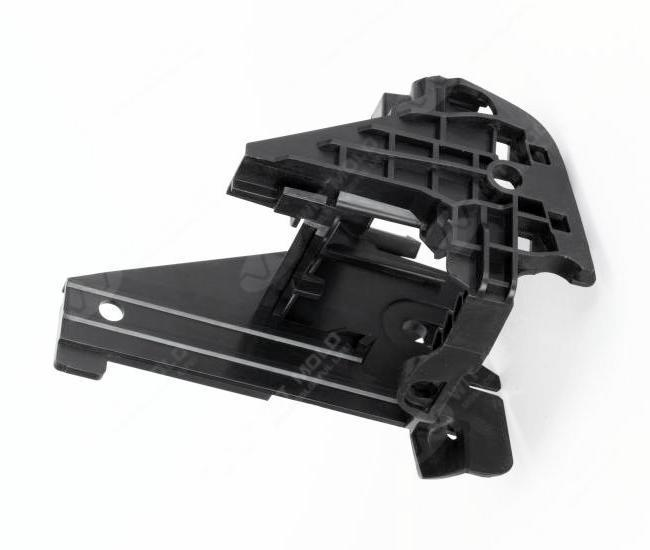
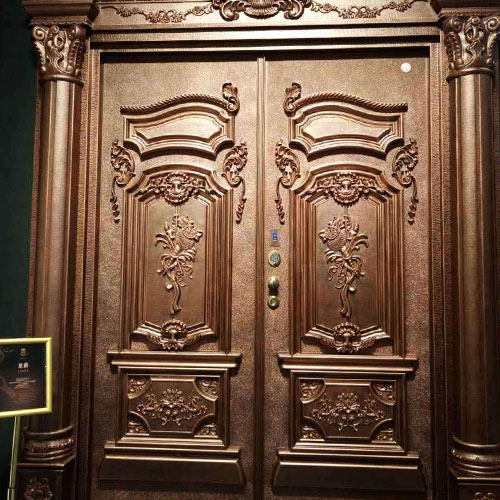
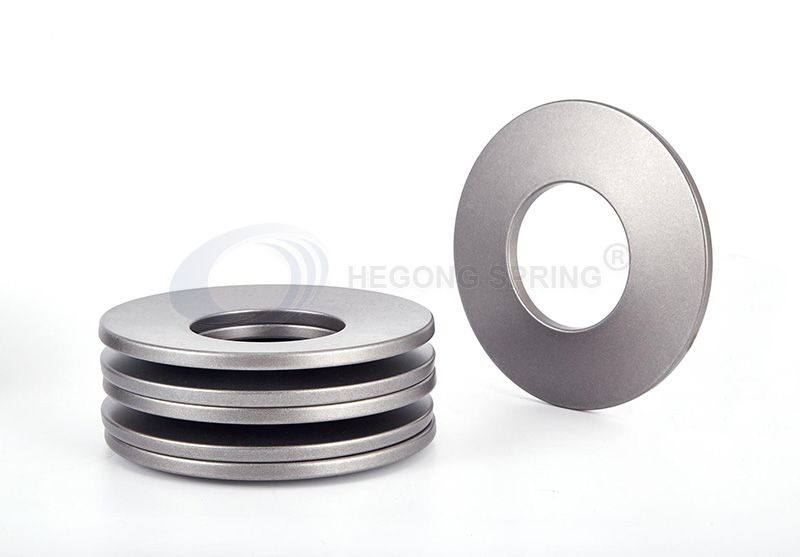
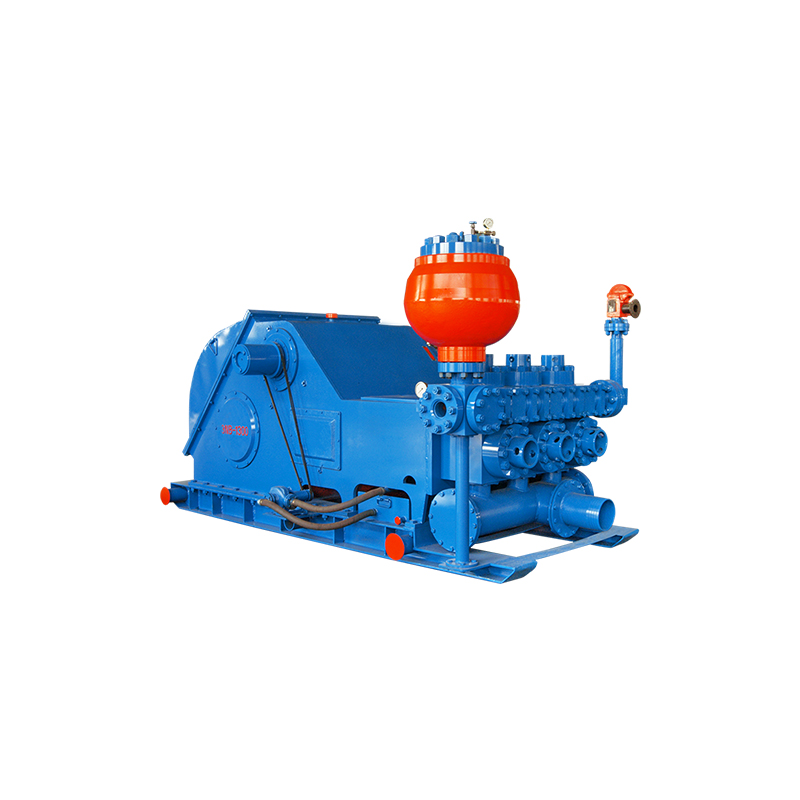
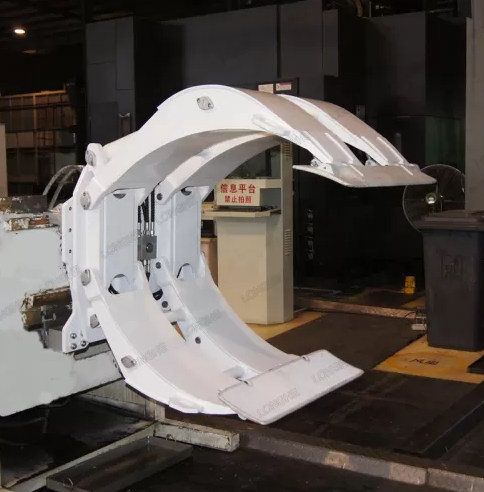
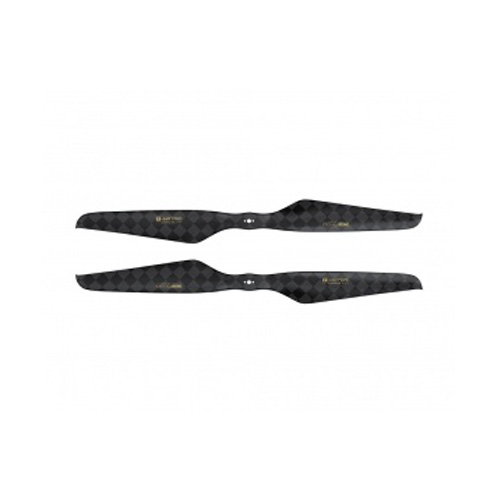
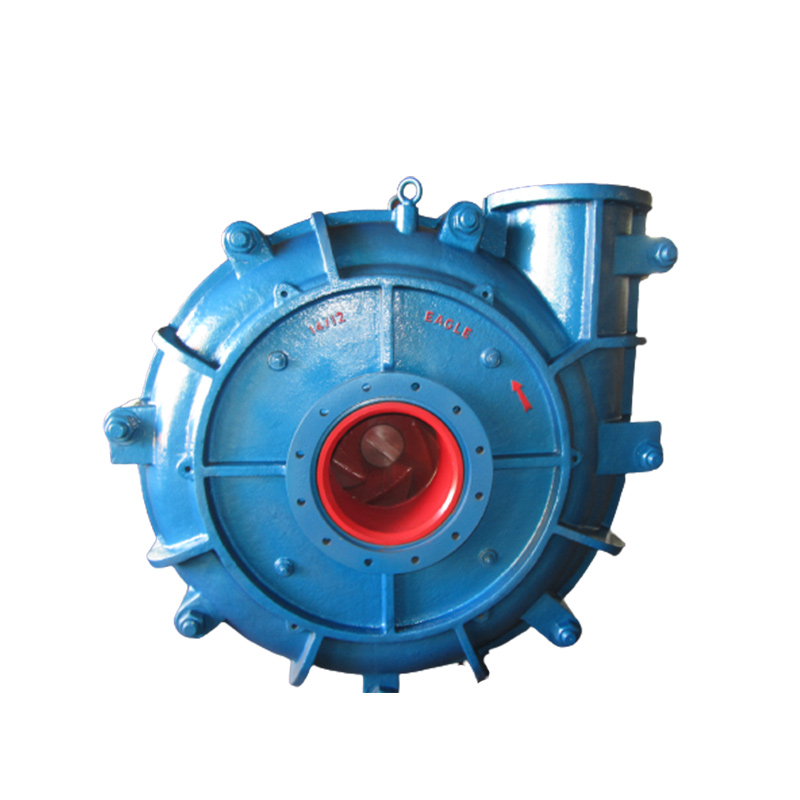
Comments
0